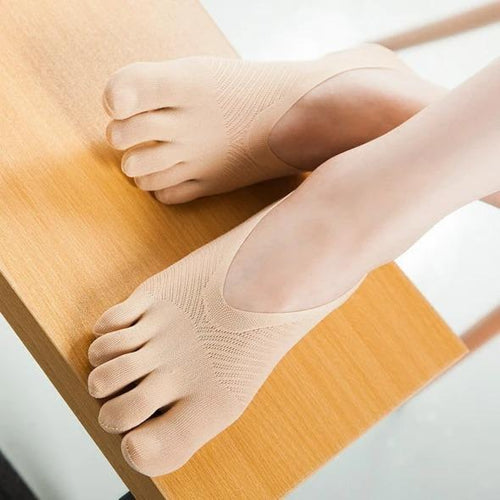Plantar fasciitis is an agonizing foot condition that has left many searching for answers. In this comprehensive guide, we address the root causes, symptoms, and the most frequently asked questions surrounding this ailment.
What is Plantar Fasciitis?
At its core, plantar fasciitis is the inflammation of the plantar fascia—a tissue connecting the heel bone to the toes. Patients often experience stabbing pains, primarily near the heel.
Root Causes and Symptoms
What Causes Plantar Fasciitis to Flare Up?
Factors contributing to flare-ups include:
- Intensified athletic activities without preparation.
- Occupations demanding prolonged standing or walking.
- Weight-related issues, including obesity.
- Foot structure abnormalities.
What are 2 Symptoms of Plantar Fasciitis?
The two primary symptoms are:
- Sharp heel pain, especially in the morning.
- Calf muscle tightness.
Managing and Treating Plantar Fasciitis
What is the Fastest Way to Cure Plantar Fasciitis?
Immediate interventions like wearing supportive shoes, gentle stretching, and employing plantar fasciitis-specific splints during sleep can hasten recovery.
Does Plantar Fasciitis Ever Go Away?
Yes, with the right interventions and preventive measures, most cases resolve. However, duration varies individually.
Does Walking Help Plantar Fasciitis?
Walking, in moderation and with appropriate footwear, can stimulate blood circulation and foster tissue healing.
What Not to Do with Plantar Fasciitis?
Avoid going barefoot on hard surfaces and refrain from wearing unsupportive or stiff-soled shoes.
Does Rolling a Ball Under Your Foot Help Plantar Fasciitis?
Yes, it assists in massaging and releasing tension in the plantar fascia, providing relief.
What Helps a Flare Up of Plantar Fasciitis?
Cold compresses, rest, over-the-counter pain relievers, and foot elevation can alleviate flare-ups.
What Do Doctors Recommend for Plantar Fasciitis?
Doctors often suggest physical therapy, orthotic devices, anti-inflammatory medications, and, in severe cases, corticosteroid injections.
What Will Make Plantar Fasciitis Worse?
Increased foot pressure, unsupportive footwear, and sudden weight gain can exacerbate the condition.
Footwear and Lifestyle Recommendations
What is the Best Shoe for Plantar Fasciitis?
Opt for shoes with robust arch support, cushioned soles, and a comfortable fit.
Should I Wear Shoes All Day with Plantar Fasciitis?
It's advisable to wear supportive footwear during weight-bearing activities, even indoors.
Is It Better to Be Barefoot or Wear Shoes with Plantar Fasciitis?
Wearing supportive shoes is preferable to going barefoot, especially on hard surfaces.
What is the Best Women's Walking Shoe for Plantar Fasciitis?
Women should seek walking shoes that offer a blend of arch support, cushioning, and a snug fit.
Additional Tips and Insights
How Should I Sleep to Avoid Plantar Fasciitis?
Use a splint or cushioning under the foot to maintain a dorsiflexed position, reducing morning discomfort.
How Long Should I Stay Off My Feet with Plantar Fasciitis?
Limit weight-bearing activities during acute flare-ups until pain diminishes.
What are the Stages of Plantar Fasciitis?
There are three main stages:
- Early-stage: Occasional pain.
- Chronic stage: Persistent pain lasting months.
- Advanced stage (Stage 3): Chronic pain with signs of tissue degeneration.
What is the Average Age for Plantar Fasciitis?
It's most common among adults aged 40-65.
What Time of the Day is Plantar Fasciitis Worst?
Pain usually peaks during early morning hours upon waking.
Conclusion
Plantar fasciitis, while challenging, is manageable with informed choices and timely intervention. Ensure you consult with a healthcare professional for a personalized plan.




